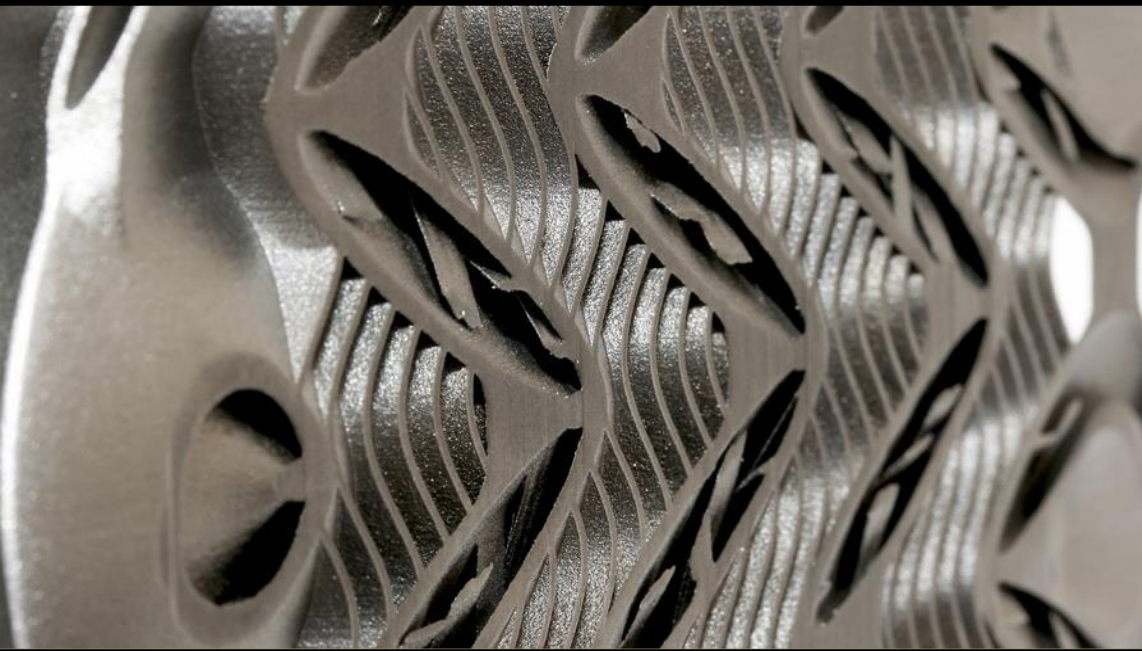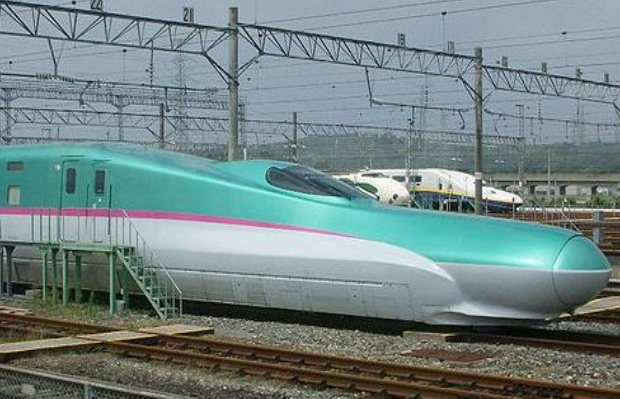Automatic Optimisation in Additive Manufacturing:
Jonathan Byrne
Urban Modelling Group
Co-founder of U3D
University College Dublin
Ireland
Optimisation in Nature

Additive Manufacturing
- No complexity penalty
- No machinability issues
- Customised Components
Complex Internal Structures

Tooling and Machinability

Customisation

Why Optimise?
- Large monetary savings, in space, aeronautics, automotive
- No complexity overhead with 3D printing
- Rapid design iteration
A380 Hinge

ARUP: Tensegrity Structure


Finite Element Analysis


Hydralic Manifold (EOS, Withinlabs)

Automatic Optimisation:
Analyse Model:
- Finite Element Method
- Computational fluid dynamics
Improve model:
- Evolutionary Algorithms
- Topology Optimisation
- Parametric Systems
Evolutionary Algorithms
Evolved Designs

Shinkansen

Shinkansen

NASA Antenna


Fibre Optics

Direct Mapping (Voxels)

Buildable Objects by Pollack and Funes (1999)
<
Topology Optimisation
link
GPU optimisation
link
Methods:
- Solid Isotropic Material with Penalization (SIMP)
- Bi-directional Evolutionary Structural Optimization (BESO)
- Soft-Kill Method
Topology Optimisation Software
- TOSCA Abaqus (Dassault Systems)
- Hyperworks Optistruct (Altair)
- Ansys
Parametric Design
- Rapid prototyping technique
- Define the relationships between components
- Higher initial overhead, but allows for rapid changes to the design
Open-Vehicle Sketch Pad (openVSP)
link
Turning Torso (Calatrava)

Messe Halle (Herzog & De Meuron)

Withinlab lattice optimisation

“All models are wrong, but some models are useful.”
George E.P. Box
The 99 line problem:



Accurate Modelling:
- Realistic FEM model
- Account for specific materials
- Destructive testing
- Non-destructive verification
Multiple load conditions:
- trade-offs in design process
- multi-objective fitness functions
- Pareto-optimisation to generate varied designs
- Independent real-world verification
3D printing constraints:
- Constraints for wall thickness (Spaceclaim)
- Account for cooling and heat dissipation
- Support removal and cleaning
Challenges:
- Accurate modelling
- Multiple load conditions
- Including 3D printing constraints